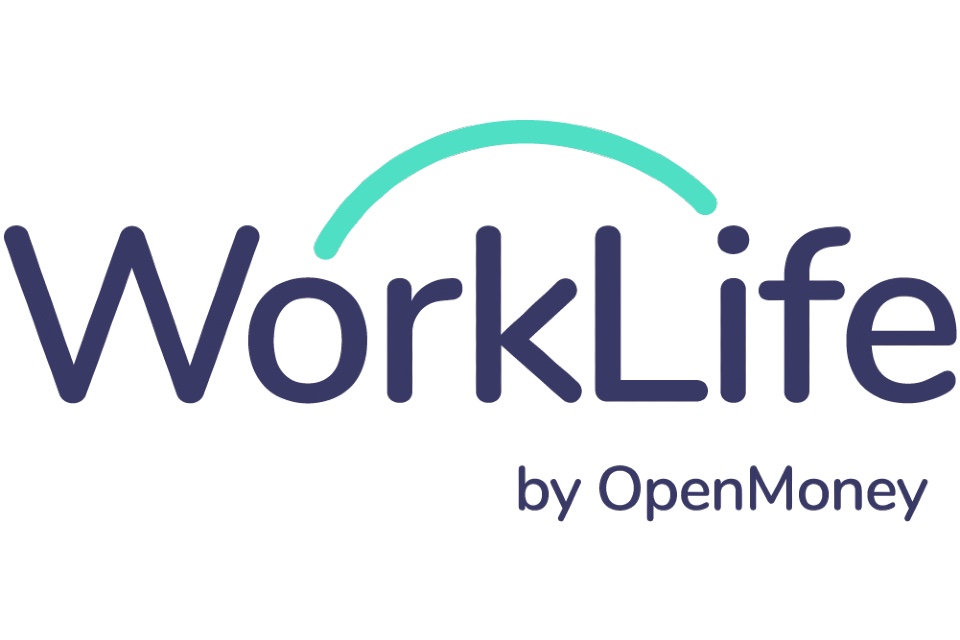By Alastair Currie, Partner at Bevan Brittan
Owing to the pandemic, an estimated 7.5 million UK jobs were put on furlough between 20 April and 10 May 2020. With that figure coming close to almost a quarter of the British population, the Government has already started to lift the restrictions which were first imposed at the end of March.
Organisations need to be particularly sensitive when reintroducing furloughed members of staff back into the workplace. Alongside the apprehension of managing individual’s health and safety, there may also be some resentment from employees about the decision in the first place. On top of this, employees have spent a considerable amount of time away from their regular working habits and may feel a little out of sorts.
Prime Minister Boris Johnson first announced phase two and the roadmap out of lockdown on Sunday 10 May. Followed by the release of further guidance and support such as the ‘working safely during coronavirus’ document, which outlined sector specific advice on how organisations and individuals could navigate through this period of uncertainty. But what steps should businesses be taking to ensure their employees remain safe and are given all of the necessary support when returning to work?
Addressing both physical and mental health risks
There are a number of considerations that organisations will find themselves working through in the coming weeks. With employees likely to be experiencing a multitude of emotions and worries about returning to the workplace, for a number of reasons, recognising any physical and mental health issues will be paramount for employers.
To address any health and safety concerns, employers must set out a clear system for carrying out risk assessments to ensure the stringent measures set out by the Government are abided by. Transparency is key, businesses need to communicate with other organisations and share best practice and knowledge regarding the outcomes and outputs of workplace assessments. Assessments must highlight the correct social distancing procedures, implementing measures such as staggering work spaces is a good way to ensure that the 2-metre guidelines are clearly being followed throughout the workplace. This may entail further training and the production of resource packs so that employees have enough guidance and information readily available. Other processes may also be introduced, such as implementing a one-way system around the workplace and delaying employee arrival times to limit the amount of staff working at the same time.
Mental health is also at risk and could have a long-lasting effect on staff. Managers must be wary of any equality issues that may arise and make sure the needs of different groups of workers are met. Mental health, anxiety and stress levels will be on the rise, it’s therefore important that employers understand this and are fully supportive throughout this period. COVID-19 has been shown to discriminate and put some individuals more at risk than others by targeting: age, race and background. It’s therefore vital that vulnerable employees are provided with the necessary support when returning to work.
Clearing the backlog of employee relations cases
The coronavirus has led to the pausing of many employee relations cases, resulting in a backlog of unresolved processes, such as grievances, disciplinary allegations, or bullying and harassment. Managers will be faced with the challenge of supporting staff through the return to work as well as resolving ongoing employee relations cases. The danger is that more cases could arise, adding to the workload and consuming managers’ valuable time.
If there are any lessons learned from the pandemic, one of the most important is the uptake in agile systems that many businesses and organisations have had to adopt to enable workforces to operate remotely from home. Having the correct systems in place, can help managers to reduce the volume of employee relations cases and the reliance of needing to be in the workplace to complete administrative tasks.
How technology can help solve the problem
There’s no doubt that technology holds a vital role in ensuring business continuity and helping to protect organisations, allowing them to store private information and data more securely. Working through the inevitable back log of employee relations cases before and after COVID-19, employers will need to make the most of technology solutions to alleviate the burden and speed up processes. With other considerations taking priority in employee wellbeing, safety and more strategic decisions, actioning cases manually could prove a time-consuming task not to mention the potential rise in unresolved cases.
Using a case management solution such as Selenity ER Tracker can help organisations to track, record and manage employee relations cases, which provides a transparent view of the entire workforce helping to keep on top of cases. These types of technologies not only help human resources and employee relations teams to streamline processes but it also provides them with a wealth of data to help pinpoint key trends among employees and identify issues much quicker.
A positive return to the workplace
There are a lot of lessons that can be taken from the pandemic and significant insight derived that can be applied to everyday employment practices. Throughout this period of time, organisations and workforces have had to adapt and become more agile by relying on different technologies to enable workers to continue operating remotely. Only time will tell whether organisations can take these strategic developments and convert them into something much more lasting to continue the benefits. Most importantly, employers must understand the physical and mental health challenges that staff will be facing in the return to work, therefore, offering help and support will be essential in ensuring a positive return to the workplace for all.





